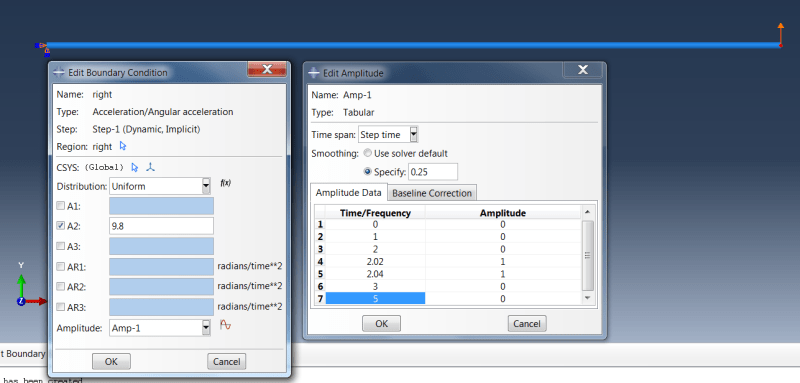Hi guys,
We have measured accelerations by attaching the cell phone to a bike frame. Now we want to use such accelerations to feed a dynamic FE model in Abaqus. The problem is that by defining such accelerations in the Boundary Conditions (combined with the corresponding amplitude), gives rise to huge stresses. On top of that, I get larger accelerations than those defined in the Boundary Conditions! The solver I'm using is Dynamic/Implicit.
Thank you advanced for your help.
Best,
David
We have measured accelerations by attaching the cell phone to a bike frame. Now we want to use such accelerations to feed a dynamic FE model in Abaqus. The problem is that by defining such accelerations in the Boundary Conditions (combined with the corresponding amplitude), gives rise to huge stresses. On top of that, I get larger accelerations than those defined in the Boundary Conditions! The solver I'm using is Dynamic/Implicit.
Thank you advanced for your help.
Best,
David

